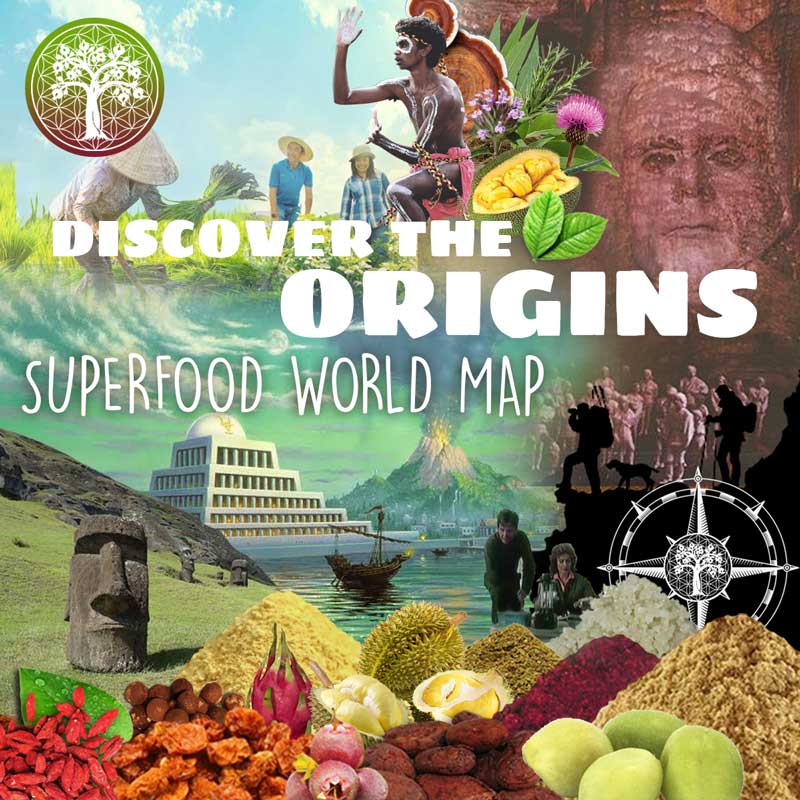Ayurveda: A Holistic Approach to Wellness & Healing
After some reflection and investigation, I discovered that Ayurveda is often presented in a rigid and unintuitive manner, which is a departure from its original purpose as a nurturing and health-promoting science. This made me consider my own experiences with Ayurveda. I learned intuitively through immersion, much like one acquires a first language effortlessly. This realisation led me to the conclusion that Ayurveda ought to be shared as a comprehensive set of principles that can be applied holistically, as opposed to a list of practices or prescriptions.
With its roots in ancient India, Ayurveda which translates as “knowledge of life,” is a holistic approach to health and wellness that is gaining popularity in the Western world as people seek more natural ways to treat and prevent illness. Dating back 5,000 years to the ancient Sanskrit texts, the Vedas, Ayurveda is based on the principles of balance and harmony between mind, body, and spirit. According to this tradition, when these three elements are in balance, people are healthy and happy, and when they are out of balance, illness and disease can manifest. Ayurveda emphasises the importance of living in harmony with nature and the seasons, with a focus on balancing the five elements: earth, water, fire, air, and ether. Each person has a unique constitution, or dosha, which is determined by their physical and emotional characteristics. There are three doshas: Vata, Pitta, and Kapha. By understanding their dosha, people can tailor their diet, lifestyle, and treatment plan to promote balance and healing.

The Three Doshas
Kapha dosha… Individuals with a kapha body type possess strong frames and exhibit a natural athleticism, provided they maintain a regular exercise routine to manage weight gain tendencies. The earth and water elements in their constitution imbue qualities of compassion, stability, and loyalty. They prefer routine and methodical approaches in both their personal and professional lives, but can become complacent and unmotivated when out of balance. Kaphas have a slower metabolism and less intense appetite for food and stimulation than other types, and benefit from exposure to new environments and occasional fasting.
Pitta dosha… The dominance of the fire element in a pitta person amplifies strength, intensity, and irritability. They possess muscularity and endurance and are inclined to have reddened freckled skin. They approach work and play with the same determination and competitiveness. Pitta types are natural leaders and quick learners, but may appear judgmental or impatient toward those who move at a slower pace. They possess a strong digestive system and hunger for challenges, but are prone to inflammation, rashes, acne, and loose stool. Balancing fiery tendencies through productive means and recognising their destructive power is important for balancing a pitta constitution.
Vata dosha… Vata types are characterised by a thin and lanky physique. Mental and physical activity, creativity, meeting new individuals, and travelling appeal to their nature. Vata individuals are flexible, imaginative and original thinkers, but can be ungrounded and flaky when imbalanced. They enjoy warm and humid weather and experience common problems such as constipation, dry skin, and cracking joints, as well as energy, mood, and appetite fluctuations due to their dominant air element. Vata types often swing between heavy consumption of food and stimulants to sustain physical or mental activity, leading to insomnia and low immunity.
Although every individual possesses all three doshas, certain individuals tend to have a predominance of one or two doshas. This exclusive combination is established at the time of conception and is referred to as your unique personal blueprint, or prakriti (nature). As life progresses, the proportion of each dosha continues to vary in response to factors such as environment, diet, climate, age, and more. As the doshas oscillate in and out of equilibrium, they can influence your physical condition, stamina, and overall emotional well-being.
Bio-Doshic & Tri-Doshic
The concept of being bi-doshic means that you possess qualities of two dosha types, which is actually quite common. Those with dual constitutions, such as vata-pitta, pitta-kapha, and vata-kapha, can be seen as "split" as one dosha will dominate under certain circumstances, while the other takes over in different scenarios. The optimal approach to managing bi-doshic prakriti is to regulate according to the season. For example, individuals with a vata-pitta or vata-kapha prakriti should follow a regimen that reduces vata during the fall, when it is a vata season, a pitta-decreasing regimen during hot weather, and a kapha-decreasing regimen during cold and wet seasons. On the other hand, tri-doshic individuals have three equally influential doshas. Maintaining personal balance for these individuals involves sharpening sensitivity to recognise potential imbalances from their surroundings, diet, or emotional state. Appropriate practices can then be adopted to counter-balance these factors. For instance, a tri-doshic person would adopt a vata-balancing lifestyle and diet during autumn, as if they had a vata constitution. Similarly, they would follow a pitta-balancing regimen during hot weather and a kapha-balancing routine during cold and damp seasons.
Ayurveda is not just a system of medicine but a way of life that encompasses diet, exercise, meditation, and spiritual practices. Food is considered medicine in Ayurveda, and a healthy diet is one of the most important aspects of this tradition. The Ayurveda diet is a holistic and traditional approach to nutrition that originated from India. This diet is based on the principle of balancing the three doshas (Vata, Pitta, and Kapha) in one's body. The goal of the Ayurveda diet is to provide a balanced and nutritious meal plan that promotes overall health and well-being. The Ayurveda diet emphasises whole, fresh, and seasonal foods, including fruits, vegetables, whole grains, nuts, seeds, legumes, and herbs. The diet encourages the consumption of warm, cooked foods over cold and raw foods, as they are thought to be easier to digest and assimilate. Additionally, the Ayurveda diet recommends limiting or avoiding processed foods, refined sugars, and excessive amounts of fats. It also promotes mindful eating practices, such as eating in a calm and peaceful environment, chewing food thoroughly, and avoiding distractions while eating.

Overall, the Ayurveda diet is a personalised approach to nutrition, tailored to an individual's needs and dosha type. It is holistic and aims to support not just physical health but also emotional, mental, and spiritual well-being. Exercise is also an important part of Ayurvedic practice, with the emphasis on gentle movements such as yoga and tai chi that promote flexibility, strength, and balance. Meditation is also an essential component of Ayurveda, with guided meditation and breathing exercises used to calm the mind and reduce stress. Ayurveda uses a variety of natural remedies to treat illness and promote healing. These remedies include herbal medicines, massage, aromatherapy, and detoxification techniques such as oil-pulling and fasting. Ayurvedic practitioners may also recommend acupuncture, chiropractic care, or other complementary therapies alongside Ayurvedic treatment.
As with any traditional system of medicine, it is important to seek out the guidance of qualified practitioners. Ayurvedic practitioners undergo rigorous training and certification processes to ensure that they are equipped to provide safe and effective treatment. I have to say it. While Ayurveda is not a replacement for conventional medicine, it offers a natural, holistic approach to health and wellness that can complement other forms of treatment. By understanding our unique constitution and living in harmony with nature, we can promote balance and harmony in our lives, and enjoy optimal health and wellbeing.
''When an illness arises, it comes first in thought form, next in sound form, and then light form, which is in the aura. It is only then that the illness manifests in the body. With the practice of Ayurveda, the illness can be nipped in the bud.'' – Gurudu Sri Sri Ravi Shankar















